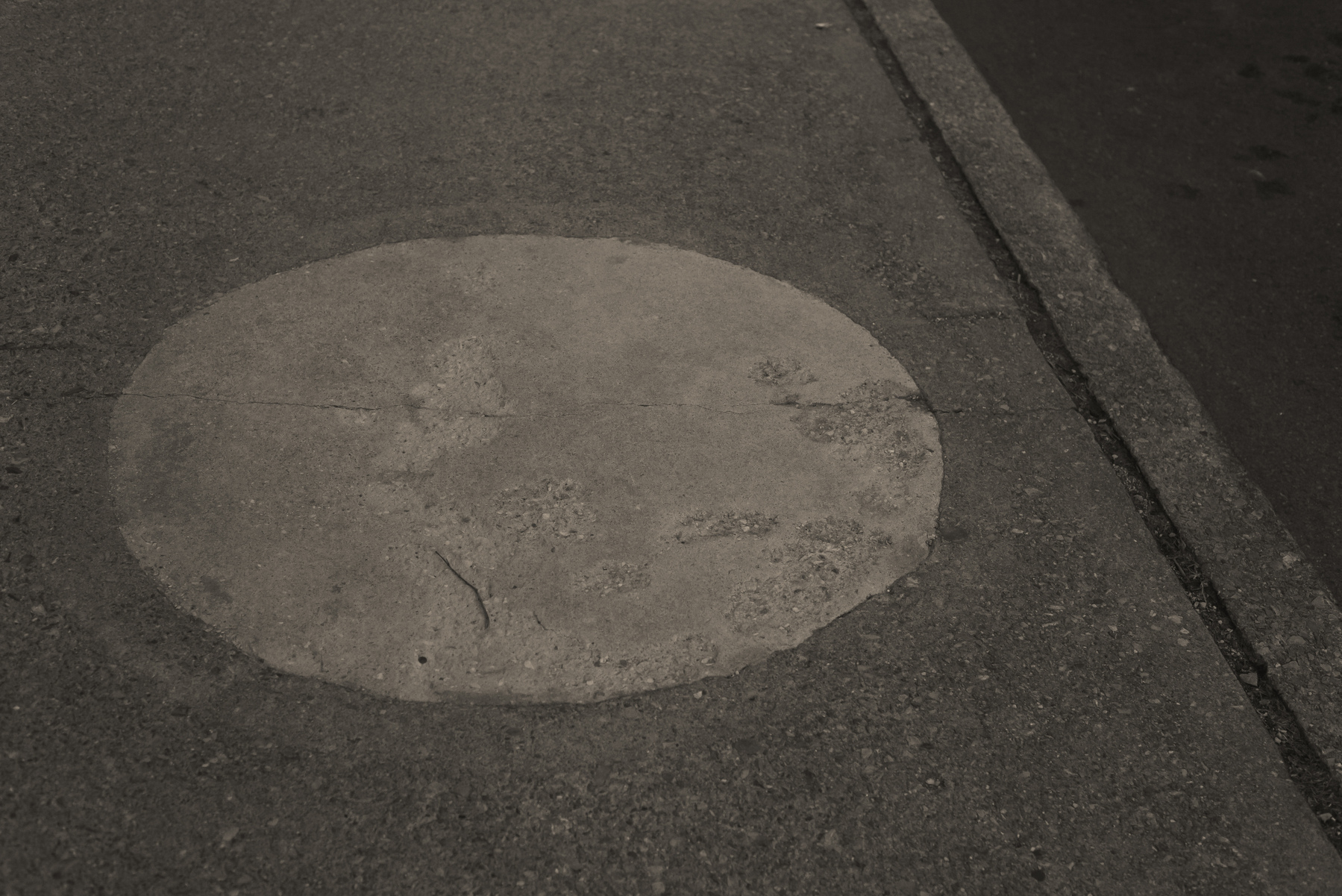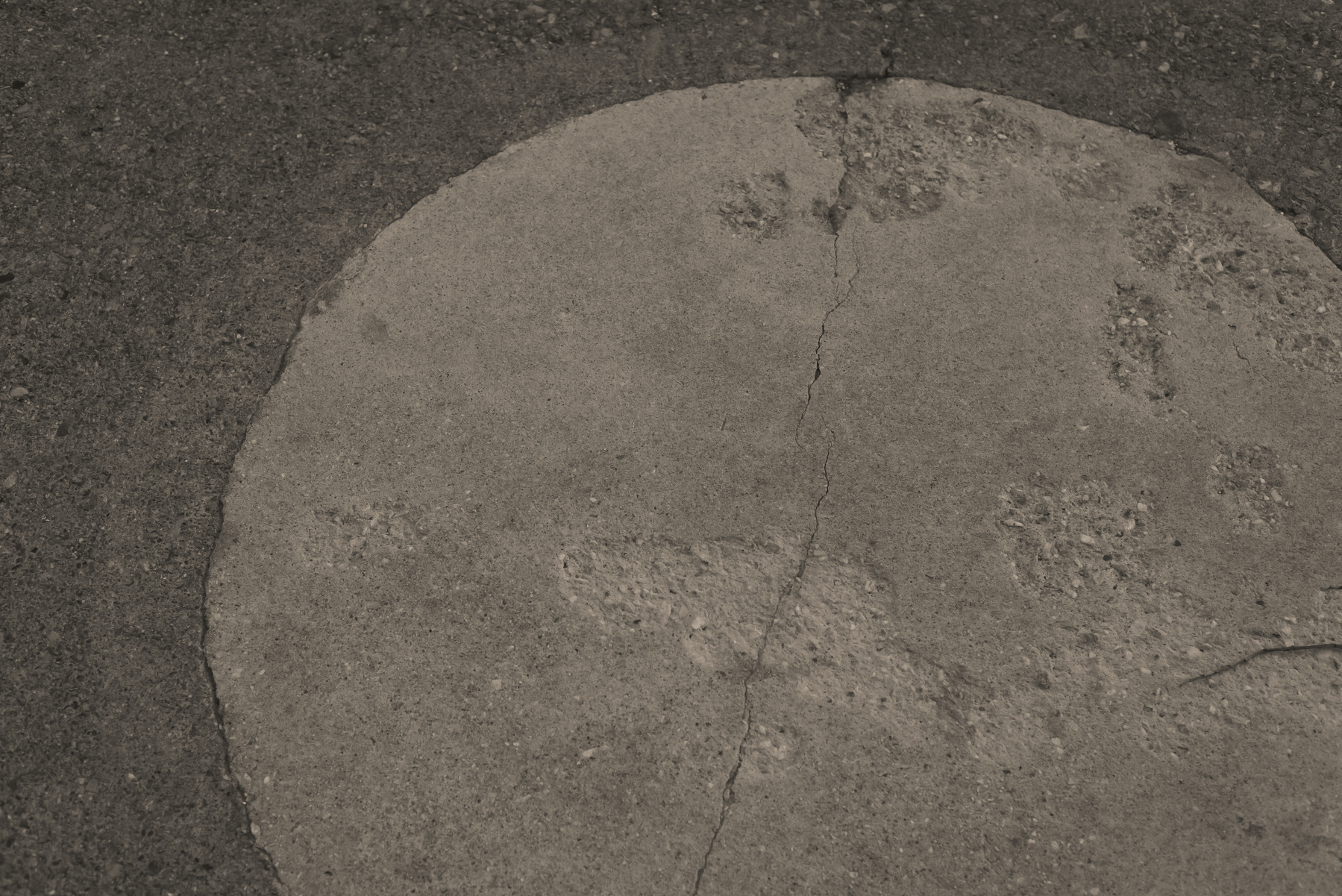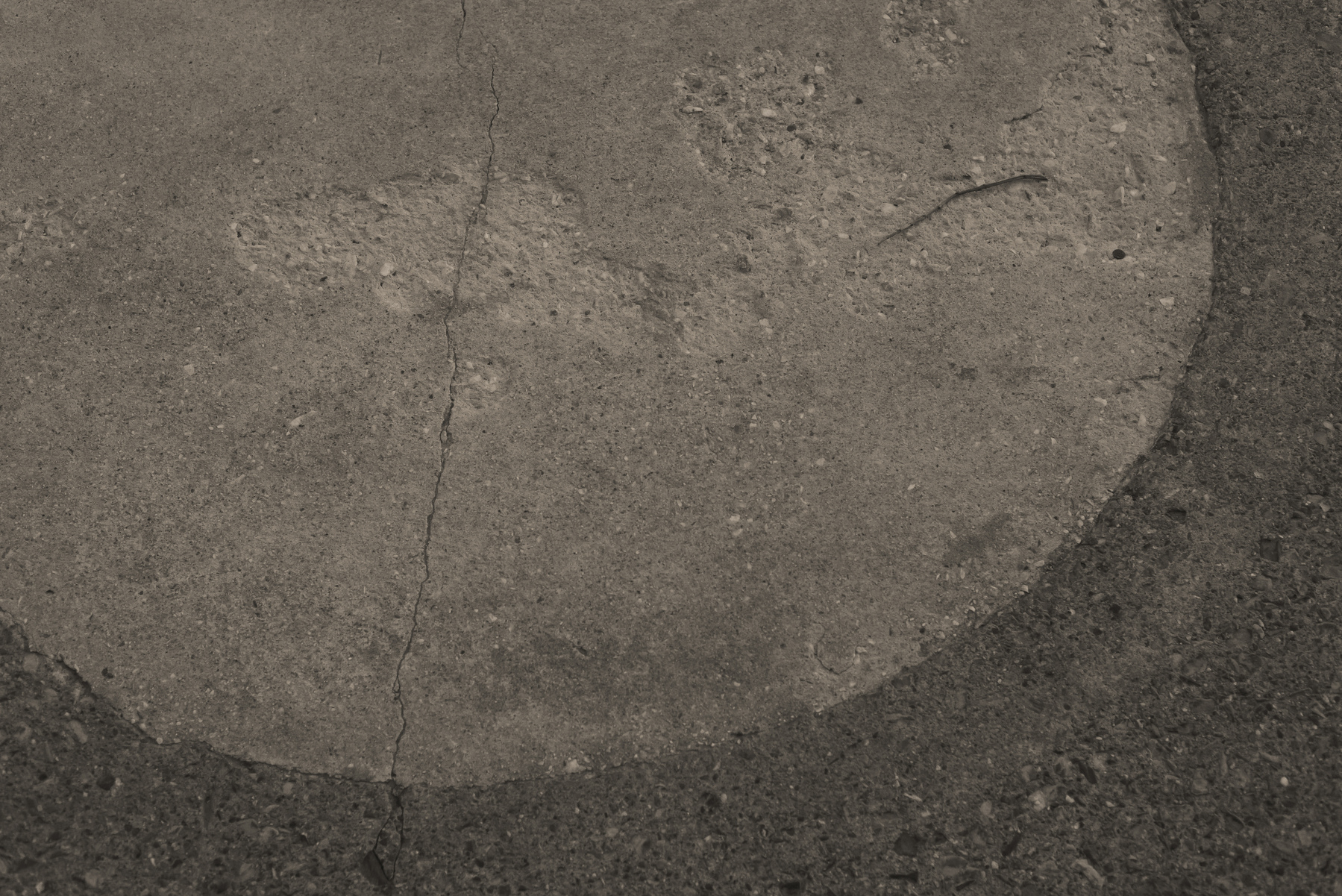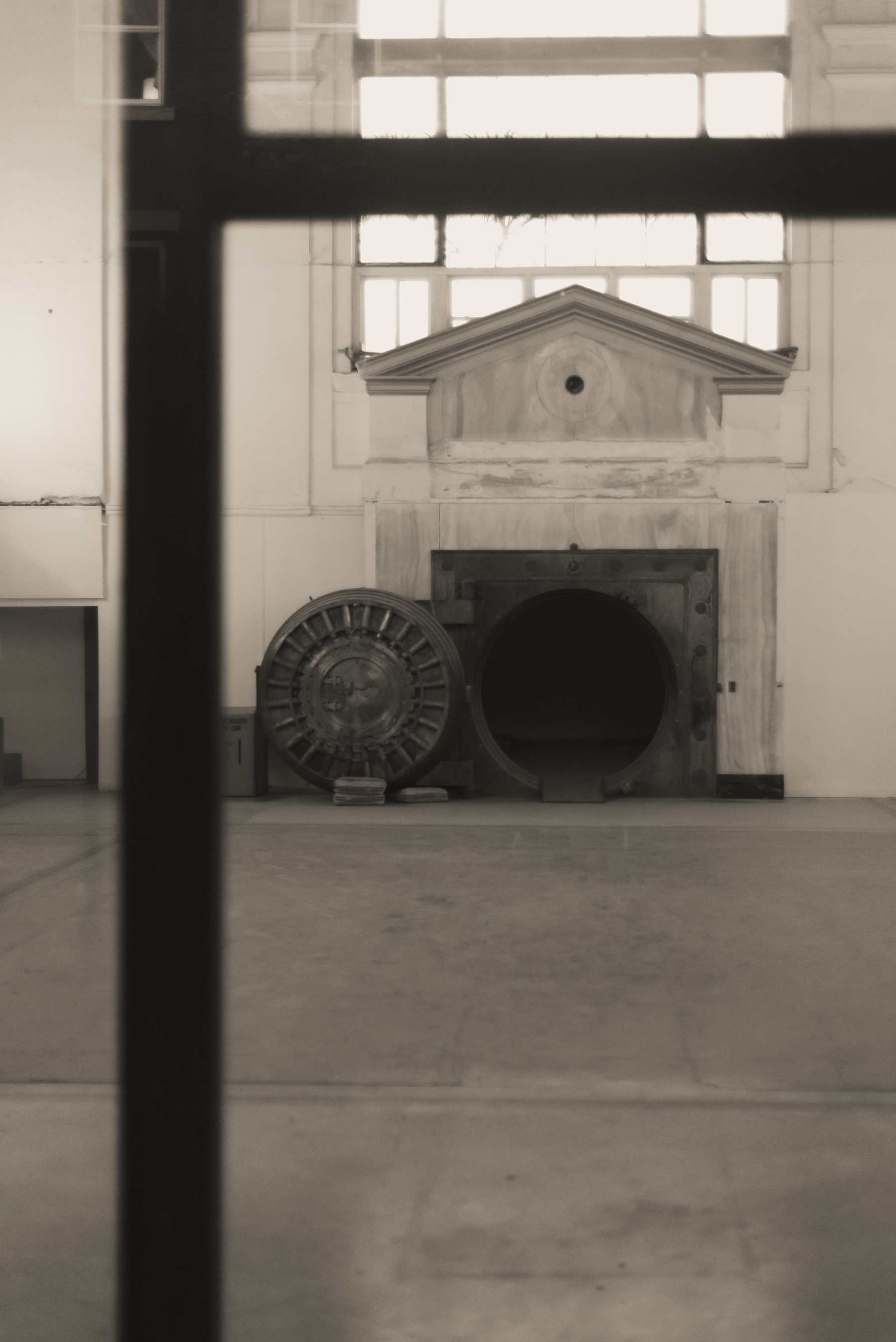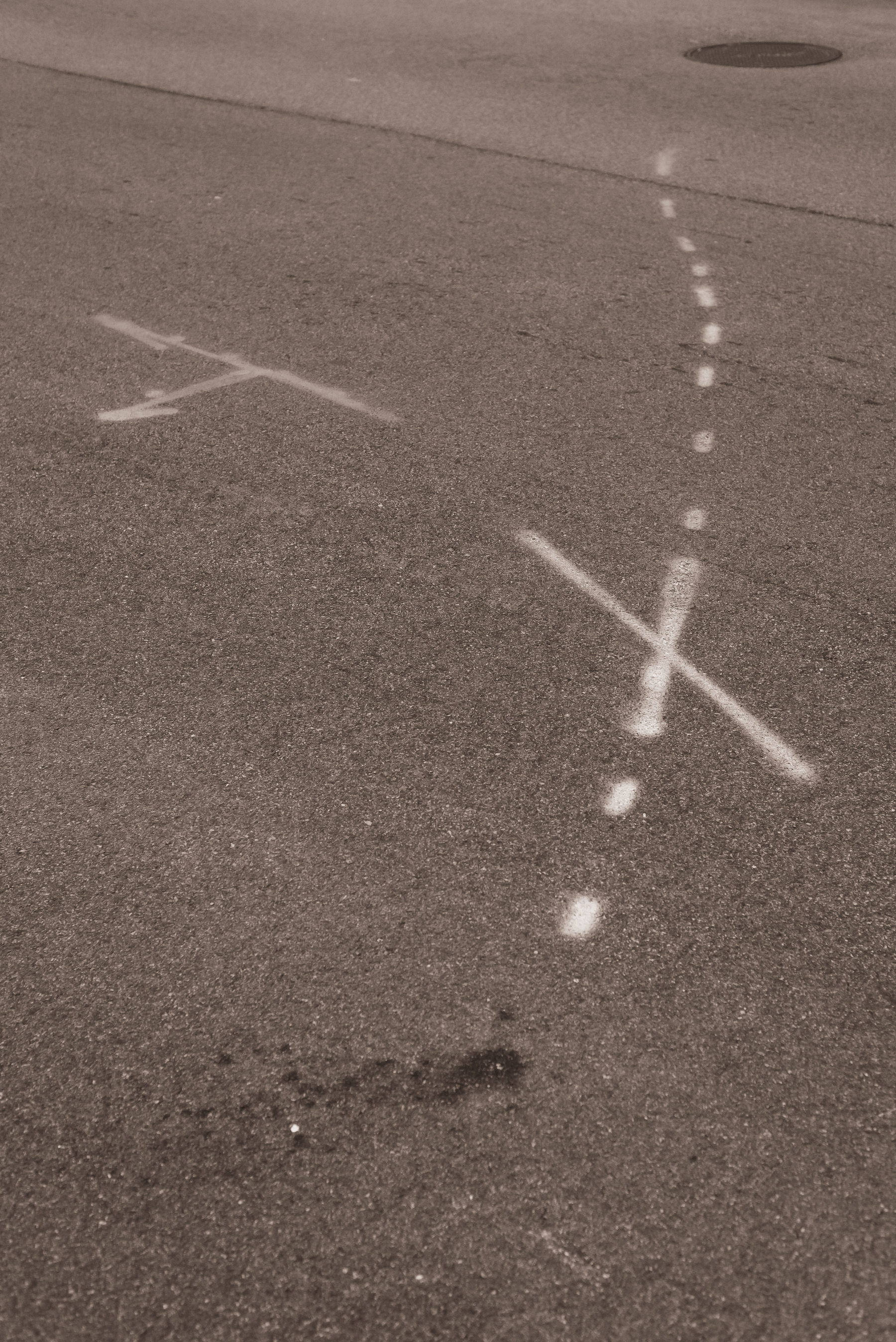Inspired by Guido Guidi’s book, Lunario, I made these images today while thinking about the solar eclipse that will happen later today. It will be about 93% total for us. Will try to get some pictures to share…
The Haiku of Issa
- tiger moth enjoying itself, the poet asks how much…
- wasn’t able to find much about moth symbolism, maybe a connection to departed ancestors…
- horse approaching a sparrow, will the sparrow move?…
- the horse is considered a god and has been worshipped since antiquity
- the sparrow, on the other hand, i didn’t find much except a fairy tale, the Tongue-Cut Sparrow, which is a morality tale about greed and friendship…
- the sparrow might be seen as a symbol of strength and industriousness and in juxtaposition to the horse might be about the wisdom of knowing limitations?…
- apparently, the mountain cuckoo is a crybaby…
- ahh, here we have more depth to pursue…
- _The cuckoo has long been popular as a subject in Japanese literature and Haiku, possibly to do with the word having five syllables; and in literature and myth it is associated with the longing of the spirits of the dead to return to their loved ones. Mourning, longing, melancholy; these are suggested maybe by its song and perhaps signals its persistent use in woodblock prints.1
- dew drops falling by ones and twos, it’s a wonderful life…
- hmmm… as i look up the significance of dew in Japanese culture, i come across a wikipedia article on directed-energy weapons (DEW)… seems both appropriate and not, ephemerality seems to attend the weapon form in some regards…
- a query to scarecrow, where does cold come from?…
- a fall into winter poem?… in Japanese culture, scarecrows are thought of as being all knowing… i wonder if there is linkage between scarecrow in the Wizzard of Oz and scarecrows in Japanese culture?…
- apparently the moon bends to the shape of cold…
- in Buddhism, the moon is a symbol of inner enlightenment, so this poem might be about old age and wisdom…
- interestingly, in the Shinto religion, the moon is possibly male, but also inconclusively gendered, more appropriate to the pronoun they… the major achievement of Tsukuyomi (in the male form), who was married to Amaterasu (sun goddess), was to kill Ukemochi (the goddess of food) because she she spat out and coughed up food for her guests (appalling etiquette as far as Tukuyomi was concerned)… when Amaterasu found out she promptly divorced him and relegated him to the night sky2…
- Issa was a lay priest in the Buddhist religion…
- i don’t think this poem channels the Shinto moon god…
